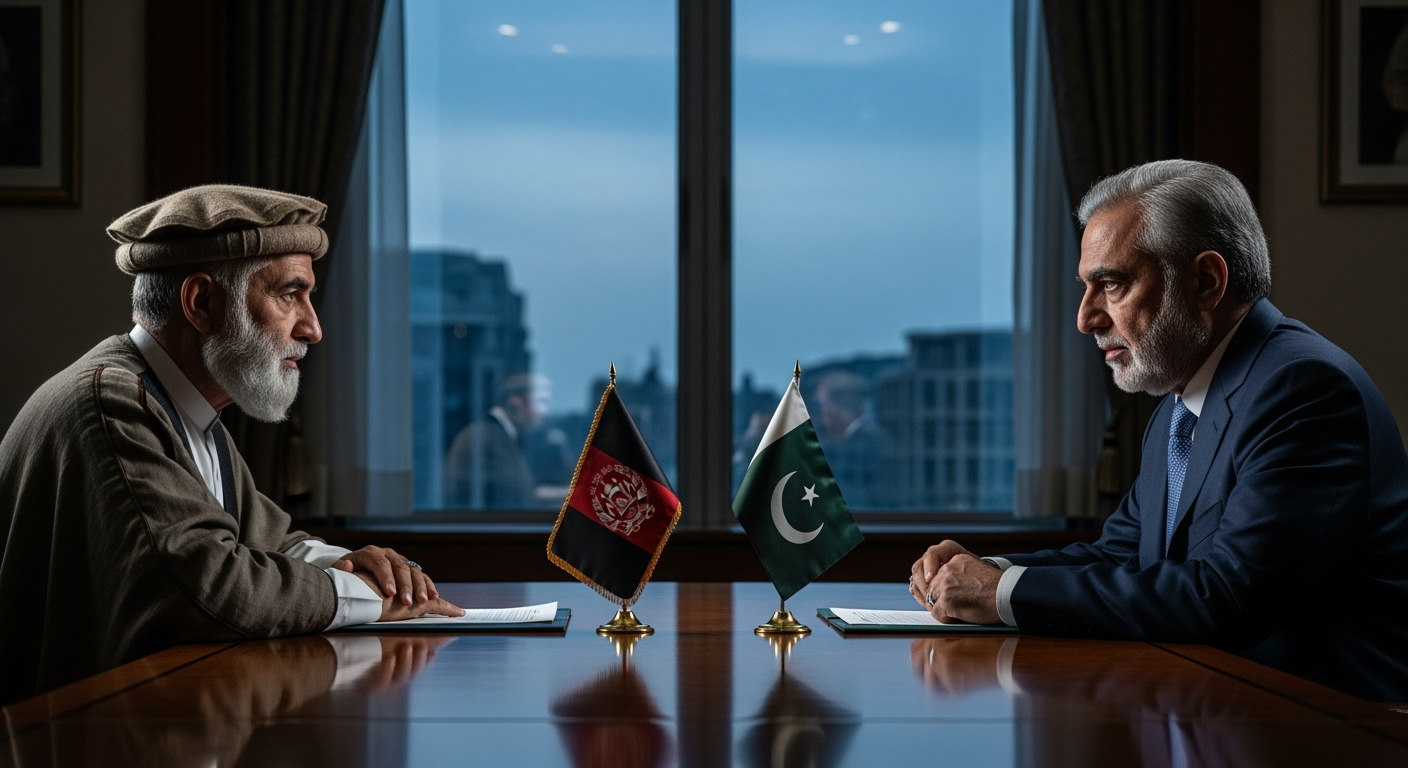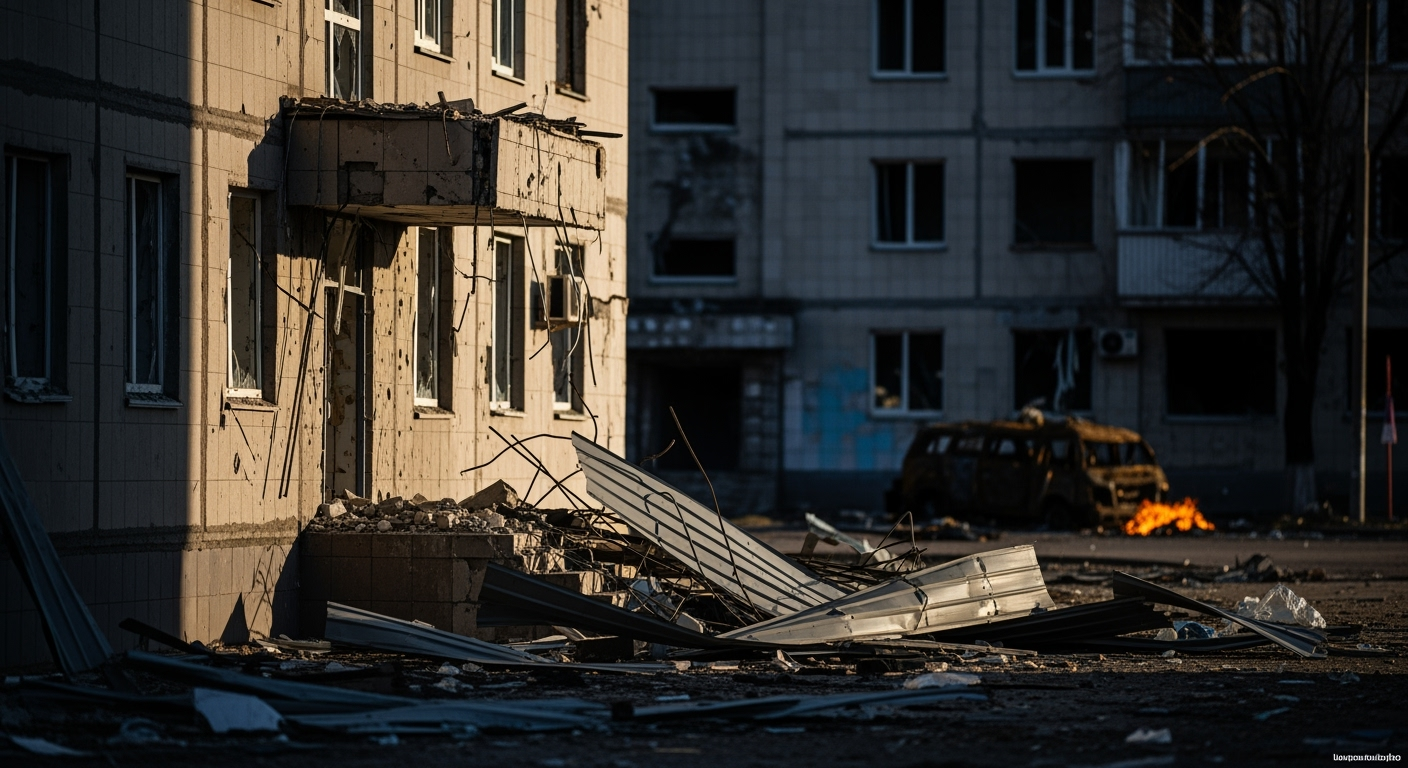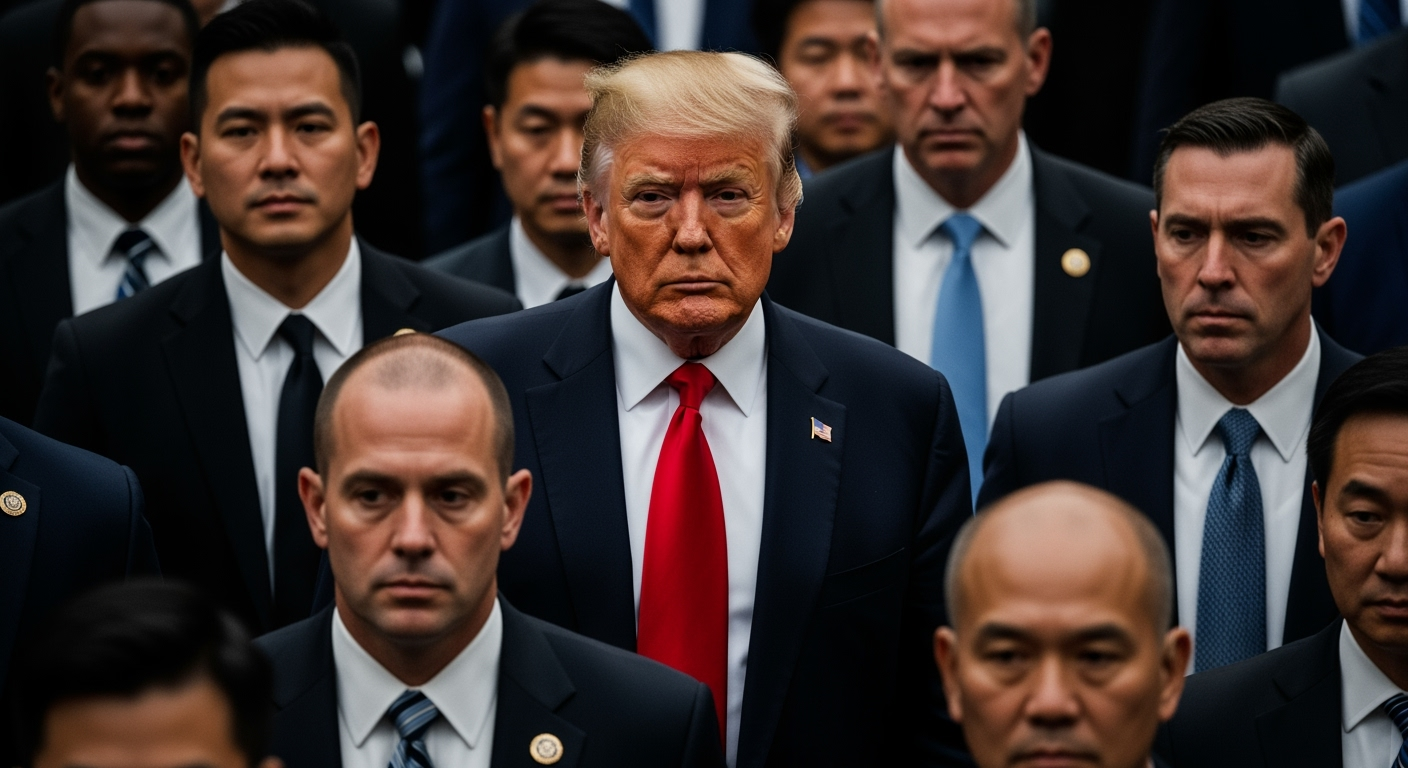Related Articles

Fragile Truce on the Brink: Afghanistan and Pakistan Seek Lasting Peace in High-Stakes Security Talks




WASHINGTON D.C. – As the United States grappled with its longest government shutdown in history, President Donald Trump found himself navigating a complex international landscape, with a critical diplomatic mission to Asia looming just beyond the domestic impasse. While the federal government remained partially shuttered for 35 days from December 22, 2018, to January 25, 2019, the specter of this unprecedented political paralysis cast a long shadow over the administration's foreign policy endeavors, particularly an eagerly anticipated summit in Vietnam aimed at North Korean denuclearization. The delicate balance between domestic political brinkmanship and high-stakes international diplomacy underscored a period of profound uncertainty for U.S. leadership on the global stage.
The 2018-2019 government shutdown, which marked the second and final such closure during Trump's first presidency, stemmed from a bitter dispute over President Trump's demand for $5.7 billion to fund a wall along the U.S.-Mexico border. Congressional Democrats, who had regained control of the House of Representatives, staunchly opposed the funding, leading to a deadlock that paralyzed approximately one-fourth of federal government operations. This standoff forced nine executive departments to cease partial or full operations, impacting around 800,000 federal employees, many of whom were furloughed or required to work without pay.
The repercussions were widespread and severe, touching nearly every aspect of American life and government functionality. Federal agencies responsible for everything from environmental protection and food safety inspections to tax collection faced significant disruptions. The Congressional Budget Office estimated the shutdown cost the American economy at least $11 billion, excluding indirect costs that were difficult to quantify. The travel sector, in particular, bore a heavy burden, accounting for nearly half of the estimated $11 billion GDP loss during the 2018-2019 shutdown. As weeks passed without pay, essential personnel, including Transportation Security Administration (TSA) agents and air traffic controllers, began calling in sick, leading to increased airport wait times, flight delays, and even temporary airport terminal closures. The closure also affected national parks, with many remaining open but unstaffed, leading to reports of damage and trash. The widespread disruption highlighted the fragility of government services when funding falters and underscored the human cost on federal workers and their families.
Against this backdrop of domestic turmoil, the Trump administration was simultaneously preparing for a high-profile second summit between President Trump and North Korean leader Kim Jong Un, scheduled for late February 2019 in Hanoi, Vietnam. This crucial diplomatic engagement aimed to build upon the initial Singapore summit in June 2018, with the ambitious goal of achieving concrete steps toward denuclearization on the Korean Peninsula. However, the ongoing government shutdown posed an undeniable challenge to the intricate machinery of U.S. foreign policy.
While critical national security and foreign policy operations generally continue during a shutdown due to essential personnel provisions, the broader impact on supporting agencies and morale was palpable. Many State Department employees, for instance, faced furloughs, potentially slowing down preparatory work, logistical planning, and intelligence gathering that underpin major diplomatic initiatives. The perception of a U.S. government in disarray, unable to fund its own operations, could also subtly weaken America's negotiating position and project an image of instability to international partners and adversaries alike. The domestic political fight was a constant feature in news cycles, inevitably diverting some attention and resources from the detailed, meticulous preparations required for a summit of such magnitude.
President Trump's travel to Vietnam for the summit occurred just over a month after the longest government shutdown concluded. He flew to Hanoi for the February 27-28, 2019, meeting with Kim Jong Un, making it a pivotal moment for his foreign policy agenda. Despite the high expectations and the intensive diplomatic efforts leading up to it, the Hanoi summit ultimately ended without an agreement, a stark and dispiriting outcome for what was hoped to be a landmark step toward disarming a global nuclear threat.
The talks collapsed after the two sides failed to bridge a fundamental standoff over U.S. sanctions. North Korea insisted on the lifting of all sanctions, a demand the U.S. deemed unacceptable without a comprehensive commitment from Pyongyang to dismantle its nuclear arsenal. President Trump, addressing the media after the abrupt conclusion, stated, "Sometimes you have to walk". The failure to secure a deal in Hanoi, especially following the recent domestic political bruising of the shutdown, represented a setback for Trump's signature foreign policy initiative. Analysts pointed to Trump's "overreliance on personal relationships" and a tendency to "badly underprepare" as factors contributing to the outcome, even while acknowledging that walking away from a "bad deal" could be seen as a silver lining. The domestic distractions and the immediate aftermath of the shutdown likely contributed to the overall pressure cooker environment surrounding the President's diplomatic efforts.
The confluence of the prolonged government shutdown and critical foreign policy engagements raised significant questions about the interplay between domestic political stability and international influence. A nation grappling with internal paralysis, where essential government functions are disrupted and hundreds of thousands of federal employees face financial hardship, inevitably projects an image of instability abroad. This can complicate diplomatic efforts, as foreign leaders may question the reliability of U.S. commitments or the President's domestic political capital to deliver on international agreements.
The 2018-2019 shutdown illustrated how deeply domestic political battles could affect the perceived strength and focus of the U.S. on the global stage. While President Trump continued to engage in high-level diplomacy, the backdrop of a divided government and significant internal strife likely added layers of complexity and skepticism to his international negotiations. The challenges faced by the State Department and other agencies due to the shutdown underscored that even "essential" foreign policy functions do not operate in a vacuum, but rely on the full, seamless operation of the entire federal apparatus.
The period spanning the longest government shutdown and the subsequent Hanoi summit serves as a potent reminder of the intricate relationship between a nation's internal health and its external projection of power and influence. For President Trump, embarking on a critical Asia trip in the immediate aftermath of an unprecedented domestic crisis highlighted the continuous demands of global leadership, even as political gridlock consumed the nation's capital. The inability to secure a denuclearization deal in Vietnam, against the backdrop of recent domestic turmoil, left an enduring question mark over the effectiveness of diplomacy conducted under such challenging circumstances.